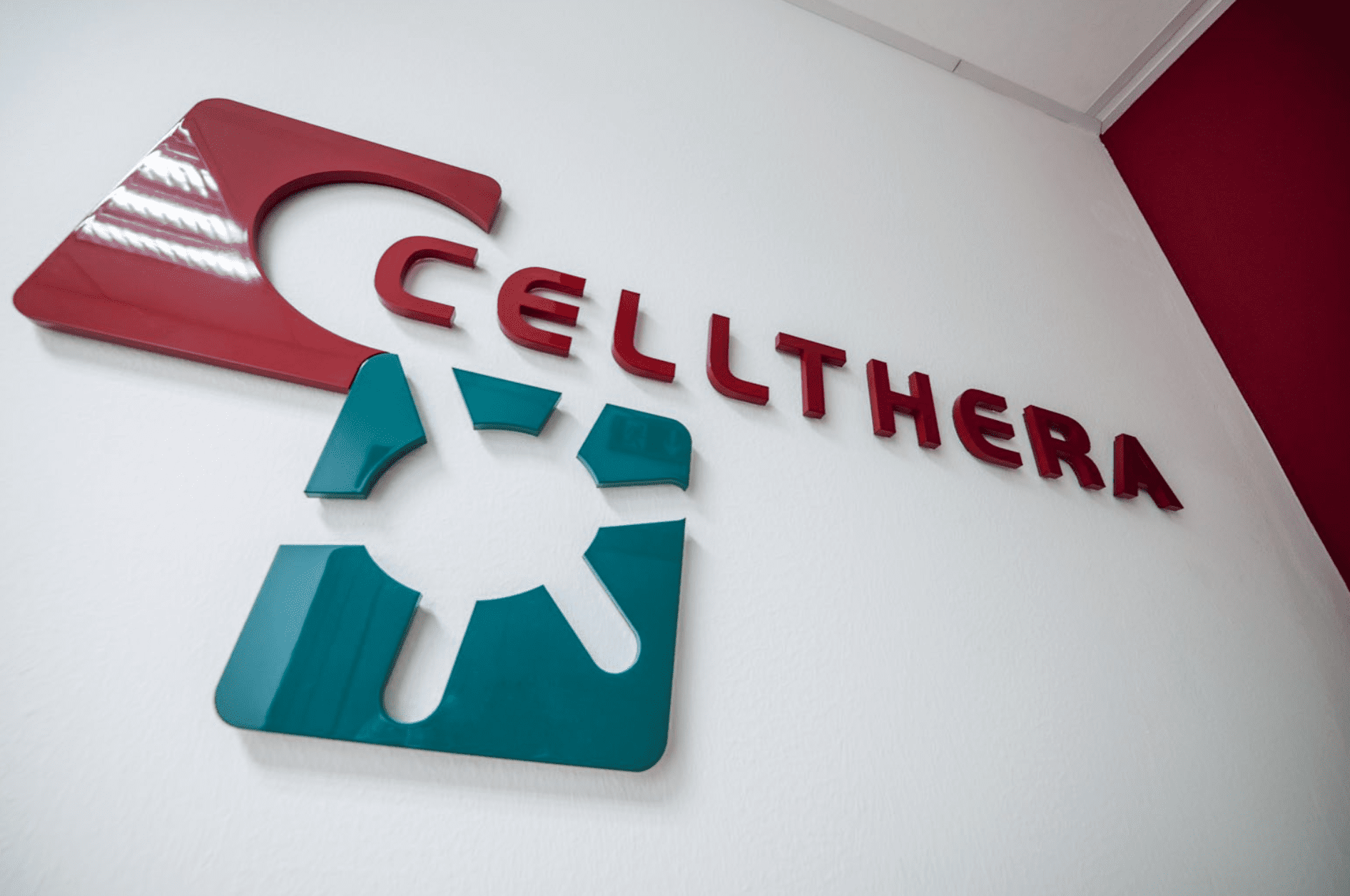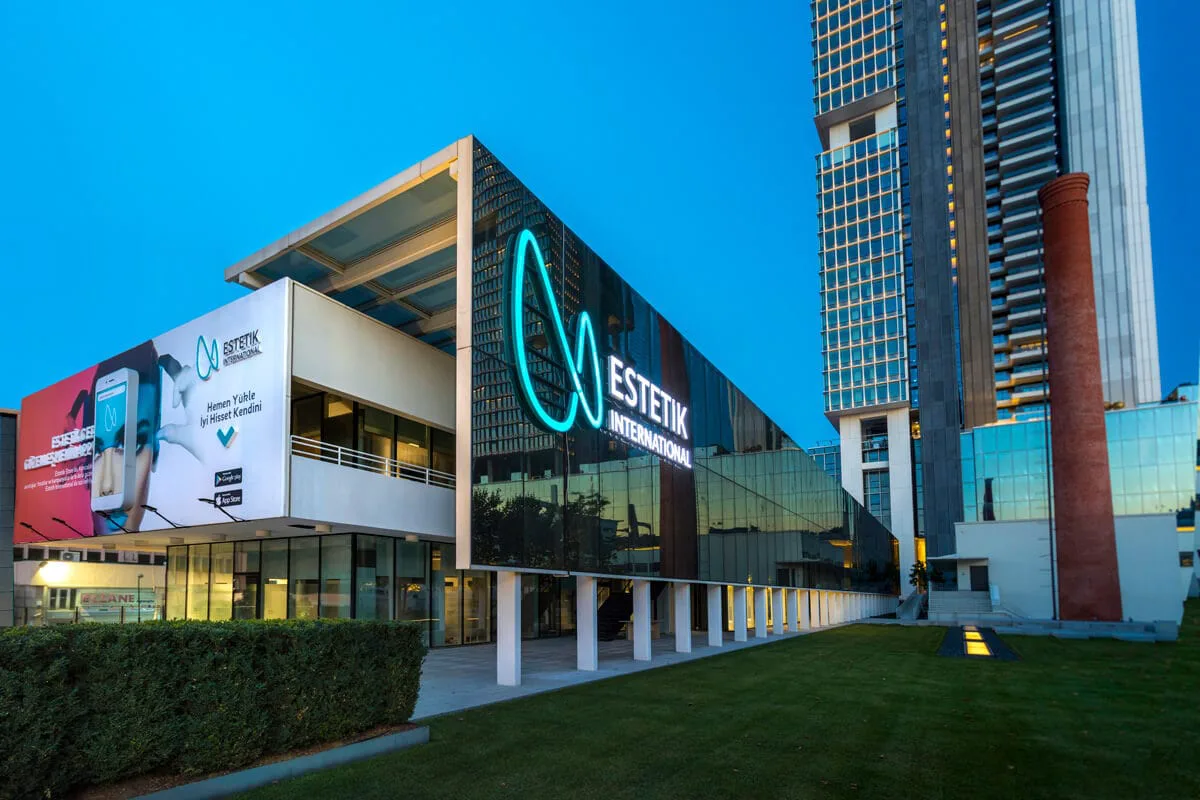Maintaining lipid equilibrium plays a pivotal role in overall circulatory robustness. Elevated lipid presence directly correlates with systemic issues, making structured cholesterol management strategies essential for long-term vascular efficiency. Exploring how to lower LDL cholesterol while raising HDL cholesterol remains crucial for sustaining physiological well-being. This discussion outlines natural ways to lower cholesterol, advanced dietary structuring, and scientifically backed fitness protocols to reduce cholesterol levels effectively.
Understanding Lipid Fluctuations and Their Systemic Influence
Metabolic irregularities affecting lipid breakdown significantly alter overall health stability. The body’s intrinsic production of lipids may be influenced by genetic disposition, environmental variables, and habitual nutrition intake. Combining therapeutic lifestyle changes (TLC) with statins for high cholesterol or plant-derived compounds fosters a regulated lipid metabolism.
Best Diet for Lowering Cholesterol: Comprehensive Nutritional Strategies
Incorporating foods that lower cholesterol into everyday consumption supports lipid modulation. A TLC Diet prioritizing unprocessed elements enhances biochemical equilibrium.
Key Dietary Adjustments for Lipid Optimization
1. Increase Soluble Fiber and Cholesterol Control: Whole grains, lentils, psyllium husk, and chia seeds aid in lipid excretion.
2. Introduce Omega-Enriched Nutrients: Cold-water fish such as sardines and mackerel assist in triglyceride regulation.
3. Emphasize Unsaturated Fat Sources: Nuts, avocado, and flaxseed oil encourage lipid stability.
4. Minimize Trans-Fat Exposure: Processed baked items, deep-fried snacks, and hydrogenated oils exacerbate imbalance.
5. Plant Sterols and Stanols: Naturally present in fortified foods, these compounds restrict lipid absorption.
Exercise to Reduce Cholesterol: Physical Activity as a Metabolic Regulator
1. Aerobic Training: Brisk walking, aquatic workouts, and rowing enhance vascular efficiency.
2. Resistance Conditioning: Weighted sessions support lipid modulation and long-term metabolic enhancement.
3. High-Intensity Interval Workouts: Alternating intensity levels maximize fat oxidation.
4. Postural and Core-Focused Movements: Disciplines such as yoga improve structural resilience.
5. Regular engagement in exercise to reduce cholesterol fosters arterial compliance, decreasing cardiovascular strain.
You have to pass a mandatory consultation with professional expert. Leave application on our web-resource and we’ll find the ideal specialist for you.
Pharmacological and Holistic Cholesterol Regulation Techniques
While dietary restructuring and active movement yield remarkable benefits, pharmacological interventions may be required for severe cases. Statins for high cholesterol suppress lipid biosynthesis, preventing excessive accumulation. Adjunctive supplements, including niacin and red yeast rice, offer complementary support.Routine lipid evaluations track biochemical trends. Cholesterol and heart diseases share a direct relationship, emphasizing the necessity of preventive screenings.
What are the most effective ways to lower cholesterol?
A structured TLC Diet, fiber-rich intake, habitual movement, and targeted supplementation collectively foster lipid stability.
Which foods should I avoid to manage high cholesterol?
Eliminate fried delicacies, trans-fat-laden items, and excessive dairy-derived lipids to sustain equilibrium.
How does physical activity influence cholesterol levels?
Movement accelerates raising HDL cholesterol, facilitating lipid metabolism while limiting arterial plaque buildup.
How often should I get my cholesterol levels checked?
Lipid profiling is advised biannually for individuals exhibiting optimal levels, with higher risk cases requiring quarterly assessments.











